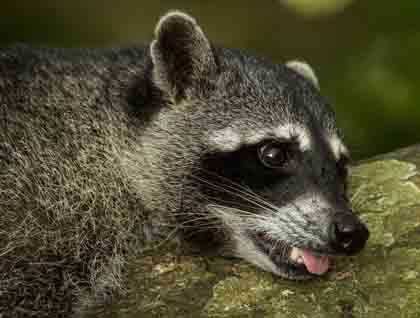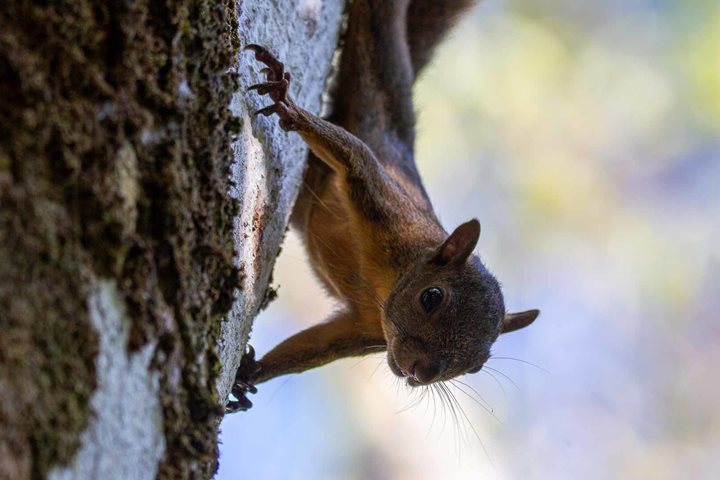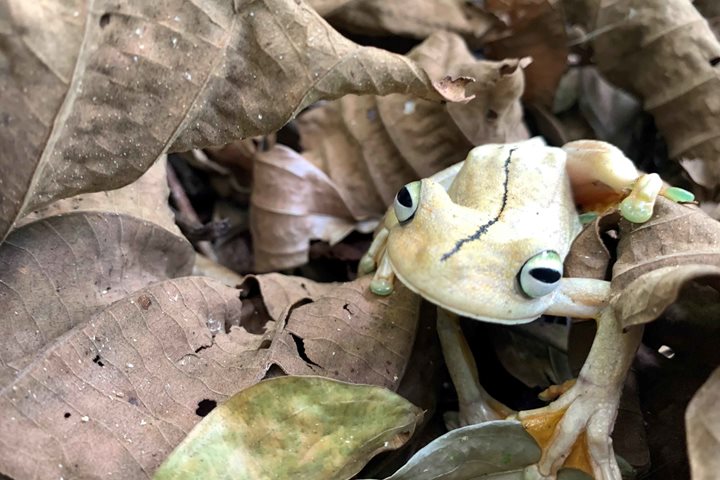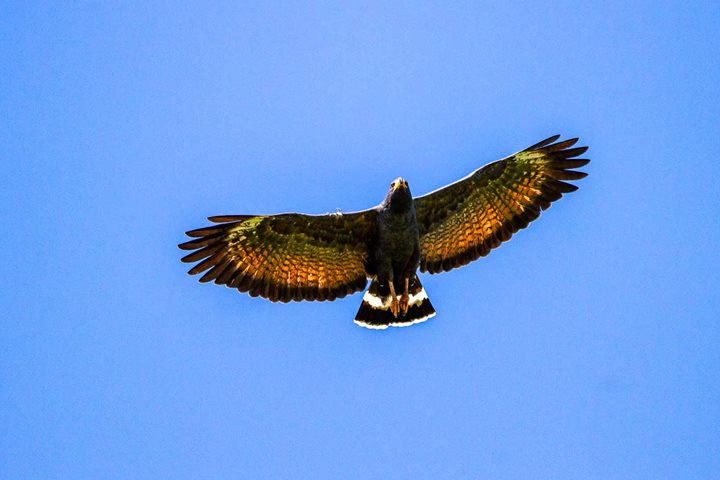On our last day on board the National Geographic Sea Lion, we woke up to the silhouette of one of the most beautiful white sandy beaches in the many protected areas in Costa Rica. Manuel Antonio National Park was designated as a national park in the 1970s and since then has been one of the most popular parks for both Costa Ricans and foreign visitors. Not only is it popular for the beauty of its four different beaches, but is an almost sure bet for highly sought wildlife.
With a surface area of around 3,600 hectares, the park is a dream come true for animal seekers: three species of monkeys, two species of sloths, coatis, raccoons, squirrels, and a few hundred species of birds, including various hummingbirds. This park is the special place to visit, even if only for a day. We disembarked as soon as the park opened to the public, 7:00 a.m. and prepared for the various explorations available to us. Some chose the last long hike of the week while others chose the more leisurely one. A few guests chose to stay at the beach and enjoy their last chance soaking the tropical sun and bathing in warm waters of the Pacific.
Off we went with a local guide to interpret the wonders of the Central Pacific coastal forest to us. We found somnolent howler monkeys doing their morning calls, inquisitive and dynamic white-throated capuchin monkeys, and “mobster” crab eating raccoons. All the meanwhile, we were all keeping an out for the elusive and greenish sloths. In the same taxonomic group as anteaters and armadillos, the Xenarthra, sloths are quite the interesting organisms. They are specialized to exist on a low-energy diet of leaves, they have long, curved claws that grip branches without using muscular force, enabling them to hand upside down without expending energy. The direction of fur growth is reversed so that it hangs down from the belly toward the back. Individual hairs are pitted or grooved to allow, particularly in humid areas, the growth of algae, giving the fur a greenish cast and providing the animal with a very effective camouflage. On top of all that, the algae gets associated with a particular species of moth that lives inside the sloth’s hair and feeds on the algae. What amazing creatures!!!
So our last day ended with a beautiful sunset behind the Pacific Ocean’s horizon.









